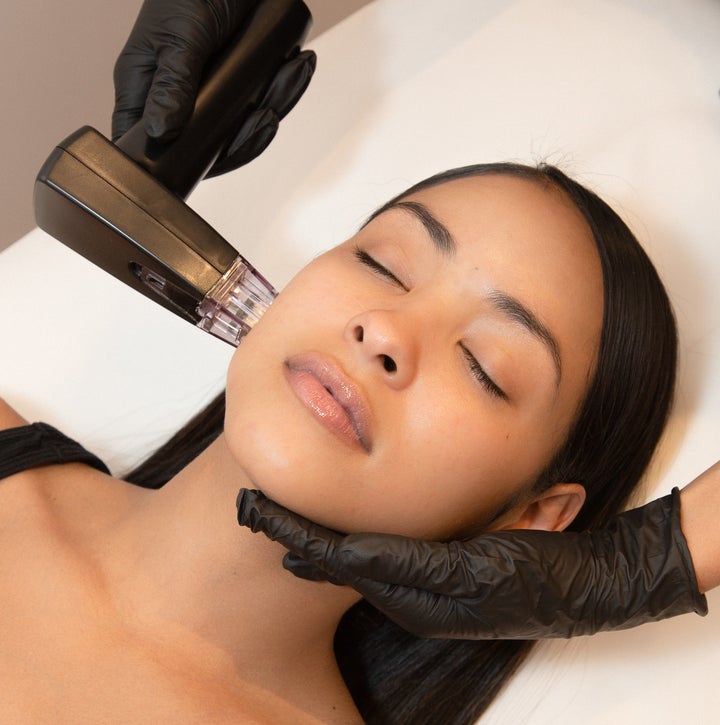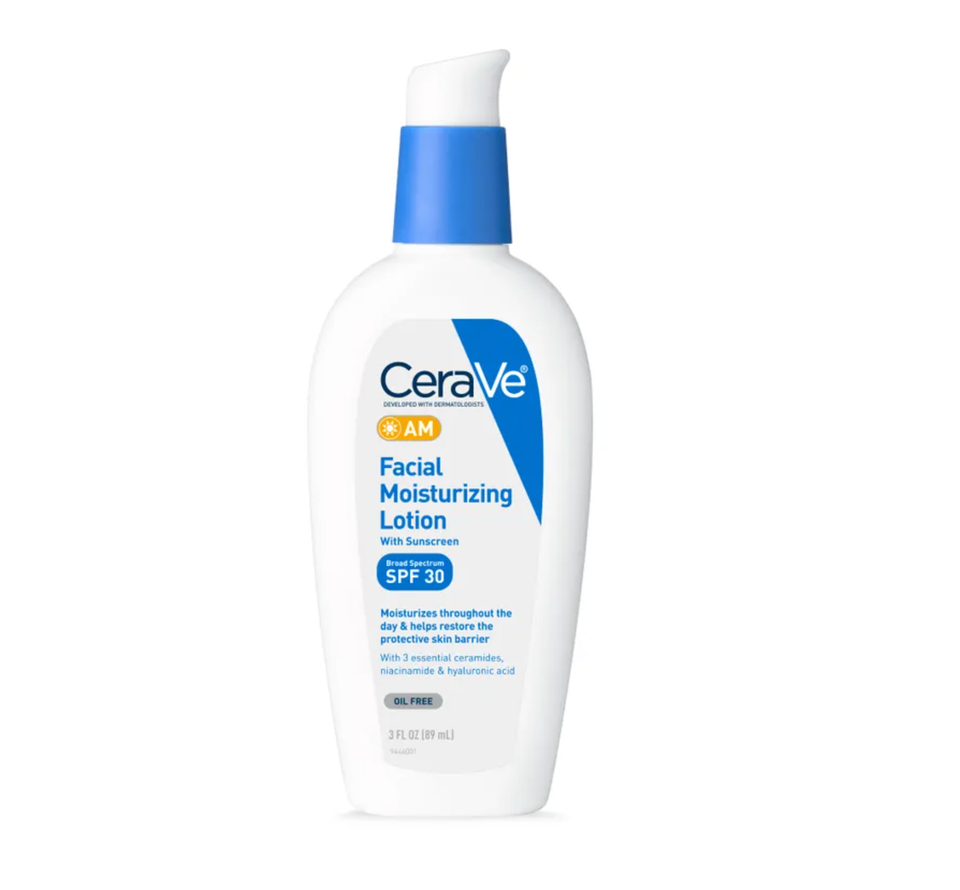
“After a year at home, I feel like I’m coming out of hiding,” Michelle*, a 34-year-old Angeleno who works in financial technology, told HuffPost. “The pressure to look like a better version of myself is intense. So I hit the spa hard—lasers, Botox, fillers. I’m excited to try a non-surgical facelift.”
Why the sudden need for a refresh? “Things are in such a state of flux right now,” she said, “you want to look like you have it together.”
With people battling quarantine fatigue and cave syndrome, Michelle is not alone in her desire to tweak her appearance. And a new crop of micro-procedures at the medi-spa are rising in popularity as a result.
“A recent American Psychological Association survey found that 49% of adults are uncomfortable in returning to in-person interactions,” psychologist Debra Kawahara, associate dean of academic affairs for the California School of Professional Psychology at the for-profit Alliant International University, told HuffPost.
Kawahara said some of that anxiety can be linked to “how others will see us or judge our appearance.”
For many people, working from home and online has exacerbated an already selfie-obsessed culture. “Many people found themselves staring at their faces for hours as they sat in meetings online,” Kawahara noted.
As pandemic restrictions relaxed, Kawahara said, there’s been a 10% increase in cosmetic surgery procedures at her clinic as people started to tweak their perceived flaws.
If micro-procedures make you feel more confident, there’s little harm in indulging. But if you’re turning to “cosmetic procedures for more deep-seated psychological issues,” she said, don’t expect those to disappear along with your fine lines.
In case you’re curious, here’s a look at some of the most popular micro-procedures.
What’s a micro-procedure?
What’s interesting is that we’re now seeing an increase in micro-procedures as opposed to full-blown surgeries. Enter the medi-spa, poised to help people achieve their desired aesthetic with medical-grade treatments that require little to no recovery time and do not pose the risks of surgical enhancements.
“The current trend is definitely leaning towards more natural,” aesthetic nurse Liana Aleksanyan, a treatment specialist at a medical spa and salon in West Hollywood, told HuffPost, explaining the draw of micro-procedures.
For people experiencing reopening anxiety, Kawahara noted that micro-procedures can be very appealing. Because a tweak is more subtle than an overhaul, people electing these types of procedures can “recover without having anyone know.”
Popular Micro-Procedures
One of the most popular micro-procedures is called an IPL photofacial (IPL stands for “intense pulsed light”). It’s the closest approximation to an IRL filter because of how it targets the overall tone of your complexion. In an IPL photofacial, a non-laser, precision light generator is used to minimize skin discolorations associated with accumulated sun damage.
Aesthetic nurse practitioner Samantha Pang, who practices in Beverly Hills, told HuffPost, “IPL can also help reduce the appearance of blood vessels and reduce redness in the skin caused by other internal and external factors.”
Another appeal is the procedure’s near-instant results. “I love that there is no down time. You can come in and get an IPL and go out that night with glowing skin,” Pang said.
An example of before, during and after an IPL procedure.
She noted that she’s seen an uptick in IPL procedures to treat hands, neck and chest areas as well as the face. According to Pang, the majority of clients will need a series of treatments (typically three) for optimal results. IPL prices typically start at $395 per session, and potential side effects range from light swelling to blistering.
A non-surgical facelift is another trending micro-procedure. Think of this treatment as intense contouring. Your skin is treated with a device that heats up the deep layers of your skin, which causes your tissues to contract. Any puffiness is significantly reduced. The results, according to Aleksanyan, are higher cheekbones, sharper jawlines, flattened fine lines, reduced double chin and jowls, tighter skin and an overall lifted appearance.
Essentially, the treatment encourages “your face to adhere more tightly to your own bone structure,” Aleksanyan said. The average price range for a non-surgical facelift procedure starts at $295 for a single session, and potential side effects are minor.
Skin remodeling is another treatment offered by luxe medi-spas. Aleksanyan noted that this procedure is the “closest you can get to permanently tightening loose skin without surgery and minimal downtime.” Using a tool called Morpheus8, a device that combines microneedling with radiofrequency technology, this treatment can stimulate collagen and elastin production, penetrating to the “deepest fat layer of your skin.”
Aleksanyan explained that skin remodeling can address issues like loose skin, scars, stretch marks, large pores, textural issues and hyperpigmentation. The average price range for a skin remodeling procedure starts at $995 for a single session, and potential side effects range from redness to tingling.
Do micro-procedures work?
Bottom line, micro-procedures have cumulative effects. “The purpose of micro-procedures is to enhance your features in a natural way and act as a preventive measure,” Aleksanyan explained. They’re intended to be spread out over a long period of time and maintained throughout the year, meaning they can add up to a hefty price tag.
“There are no instant result treatments when it comes to improving complexion,” Pang told HuffPost. “Skin is a complex organ. Some factors to consider during an evaluation include skin type, severity of [the condition], presence of melasma and skin sensitivity. It takes a lot of effort to correct and maintain healthy skin.”
In the end, how you decide to treat — or not treat — your skin is up to you, and you should always consult your dermatologist before electing for any medi-spa treatments.
*The patient’s name has been changed to protect her privacy.
